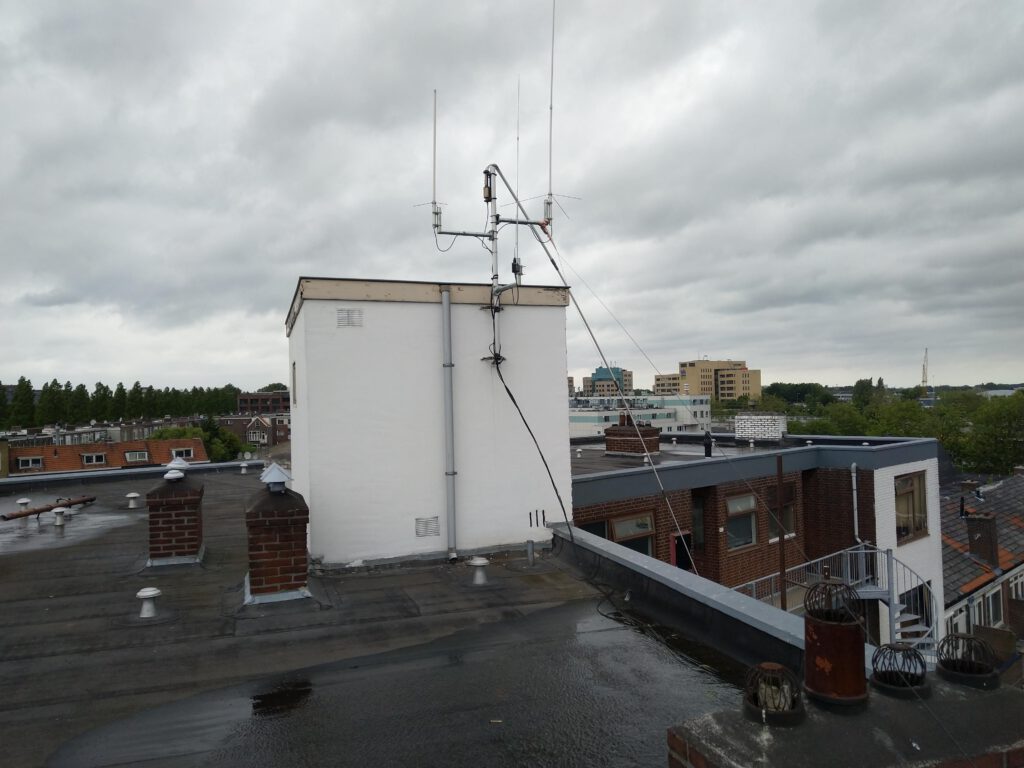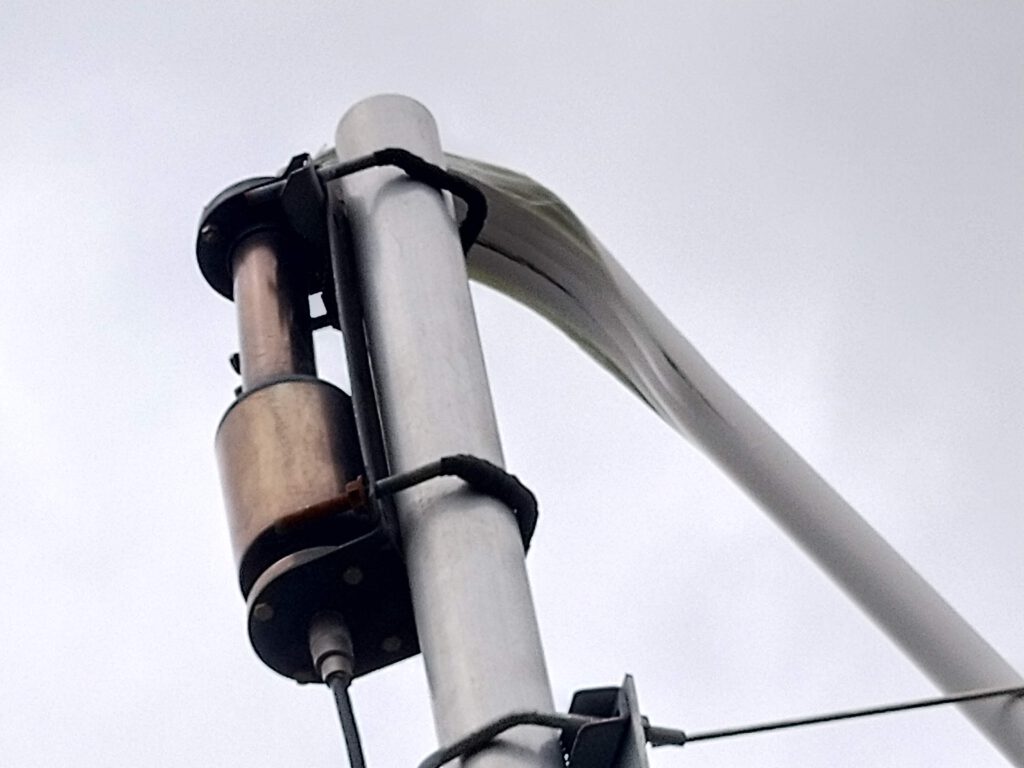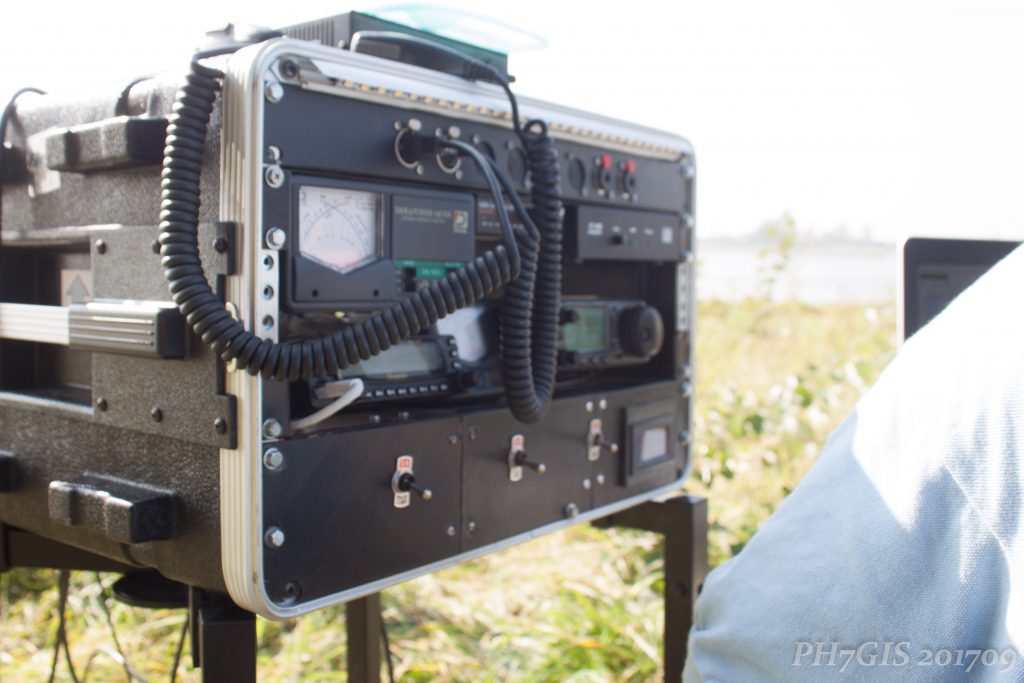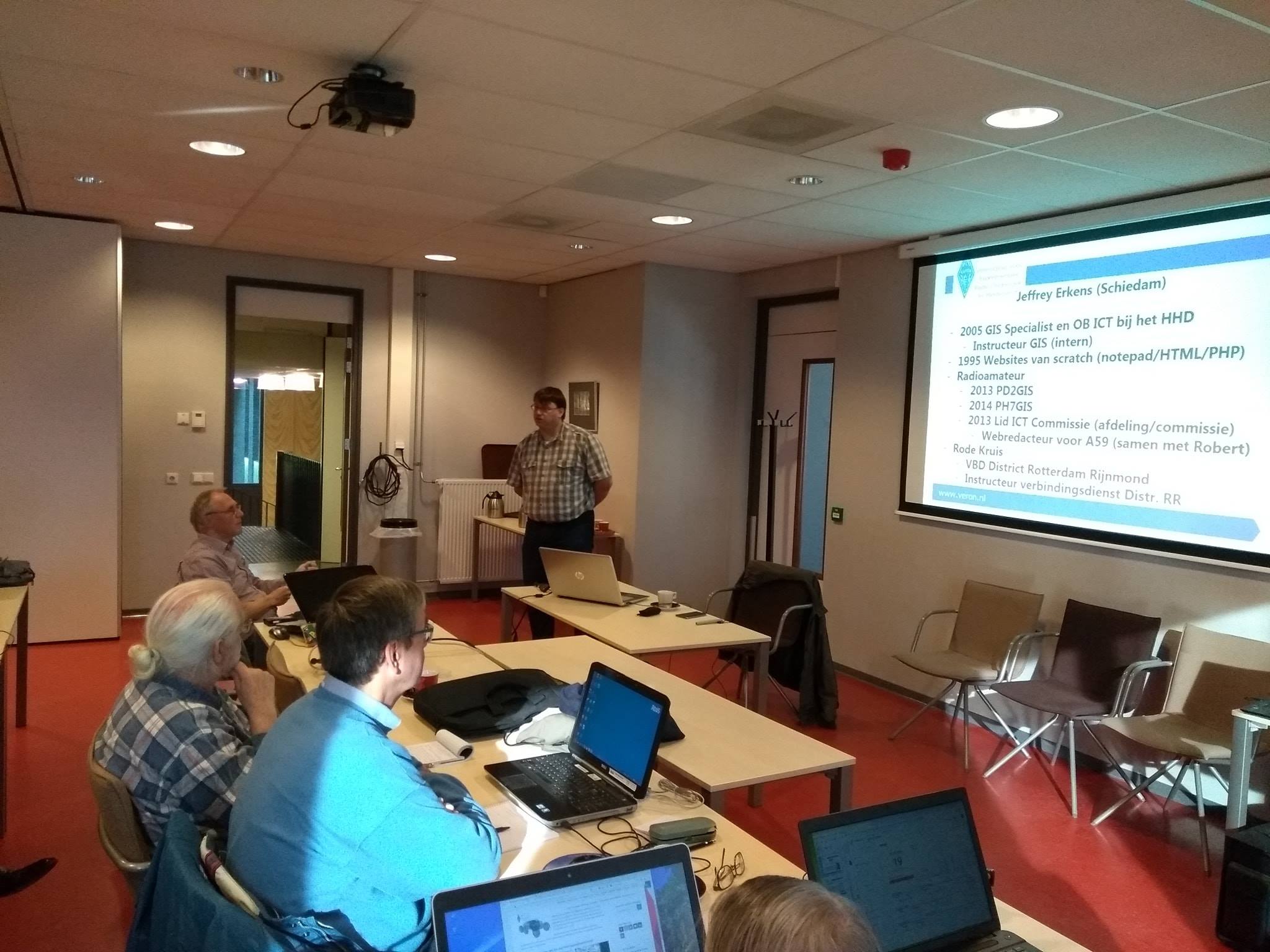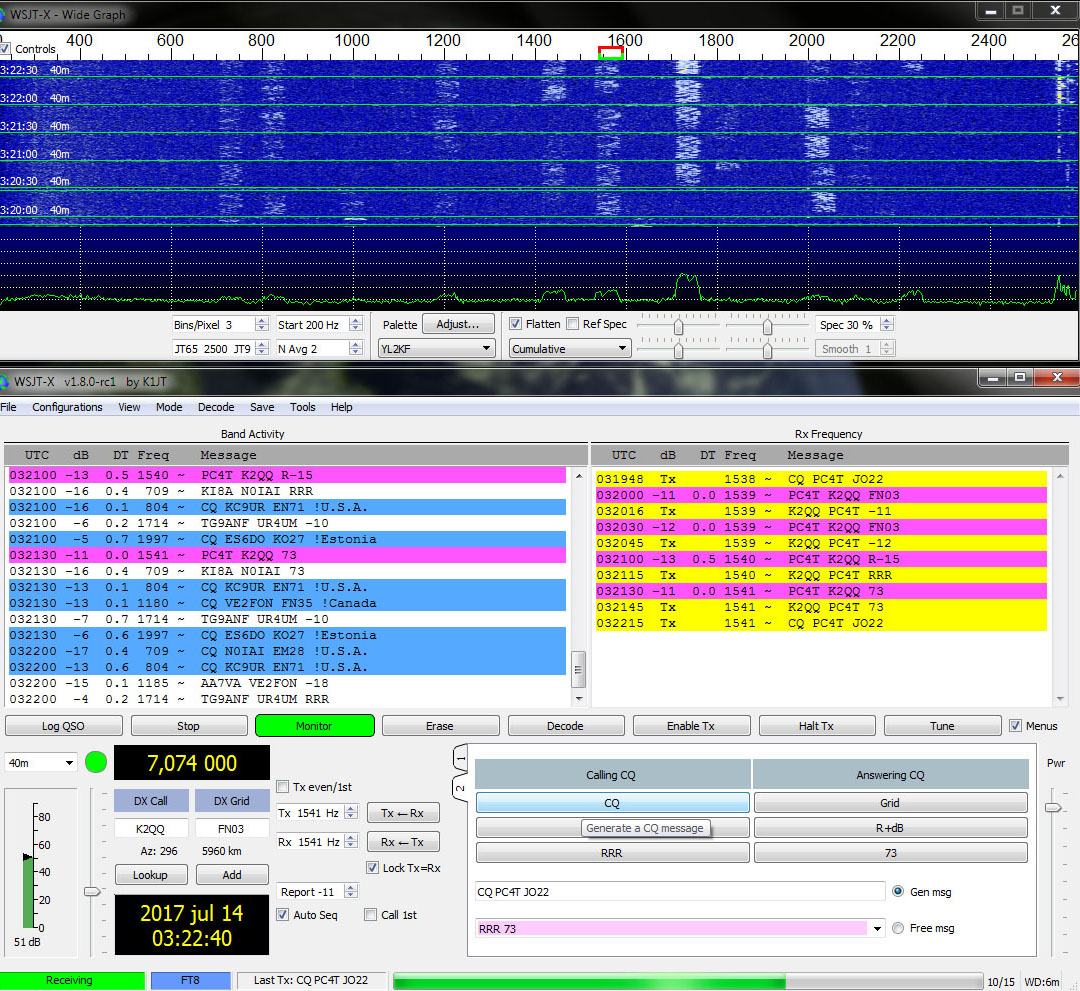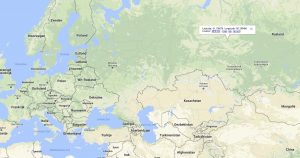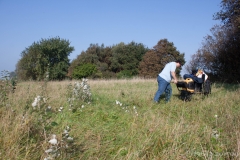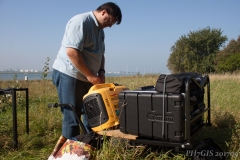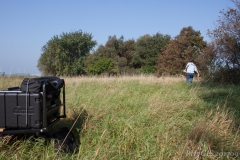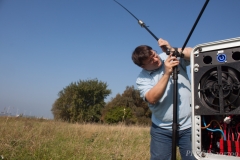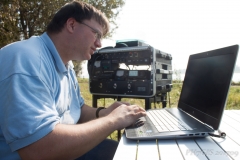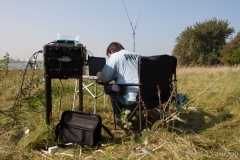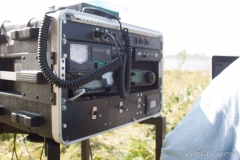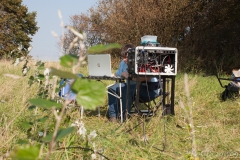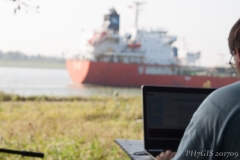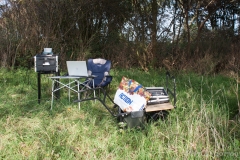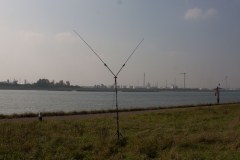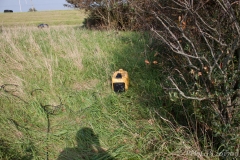VERON and other news
VERON
I’m a member of the VERON (Netherlands Experimental Radio Research Club). This club has been divided into regions. The region which is the closest to my house is called A59 Nieuwe Waterweg (New Waterway).
February 2021 I became a member of our region management. In which I will support the other 3 members of the management team. Together we keep the region running. Such as organizing events. And helping other amateurs with all kinds of questions. And I’m working on our region website. (https://a59.veron.nl only in Dutch)
I’m also a member of the nationwide VERON IT committee. Which supports the regions with their own website. Which is hosted on our own four servers. At the moment we are hosting 55 websites. 48 of them are for the regions (which are 57 of them in total). The other 6 websites are for the VERON workgroups or committees. And the last one is our own website: https://www.veron.nl (in Dutch only). Also, I give WordPress support to those regions.
I really like to do both (volunteer) jobs. Helping other members is something I’m good at.
Antenna
Due to the COVID-19 pandemic I wasn’t able to replace my HF vertical antenna. Due to a storm (June 2019) it broke in two. This antenna was a Falcon OUT-250f (a fibreglass antenna). If I got the time and money it will be replaced with a Diamond CP6.
Home automation
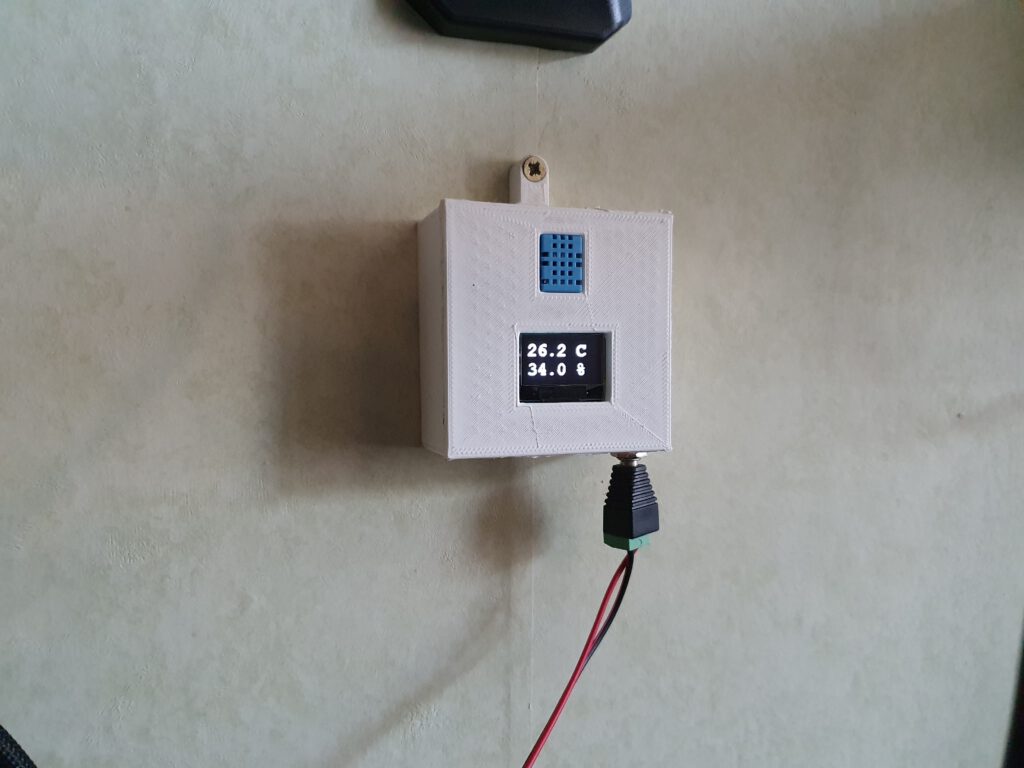
Not really connected with the radio hobby. And yet it is. Since February 2019 I’m in the world of home automation. I started with Domoticz. This worked quite nice. A soon my house was automated. From motion sensor switching on lights till curtains how will be closed at sunset.
But I wasn’t really satisfied with Domoticz. It works fine and I could write those automations without any trouble. In my perspective, Domoticz was a little limited. Then I discovered Home Assistant (abbr. HA)!
This system is more capable of doing complex automations than Domoticz can. You can also connect various system and devices to HA. Which is easily done which an add-on.
So March 2021 I took the challenge to convert Domoticz to Home Assistance. Which I really underestimated! It took me almost two weeks to get the basic (lights) up and running. Also transferring a Z-Wave USB stick to another system, with already paired devices was working either! But now, June 2021, my house is up and running again without any problems.
Because of the move to HA, I’m working on my own sensors. At the moment I made 6 sensors (Temperature and Humidity sensors). They are bases on a Wemos D1 Mini. And 4 other sensors are in the making with an ESP32. Lots of
possibilities!
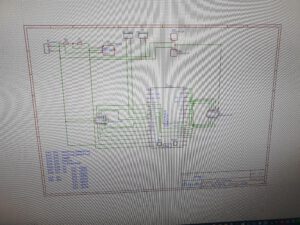
Multiswitch 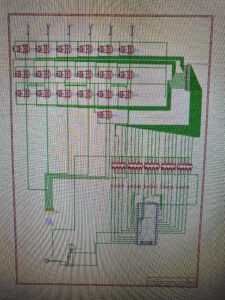
Controlling antennas
The image on the left is showing a “multi-switch”, a device with multiple buttons for various functions. This isn’t ready for prototyping. It is the first design, it will be changed, no question about that! The same is for the image on the right. This is the start of my digital antenna switch. (Which I mentioned before).
I’m not quite sure how I’m going to build this yet. But this is at least a start.


